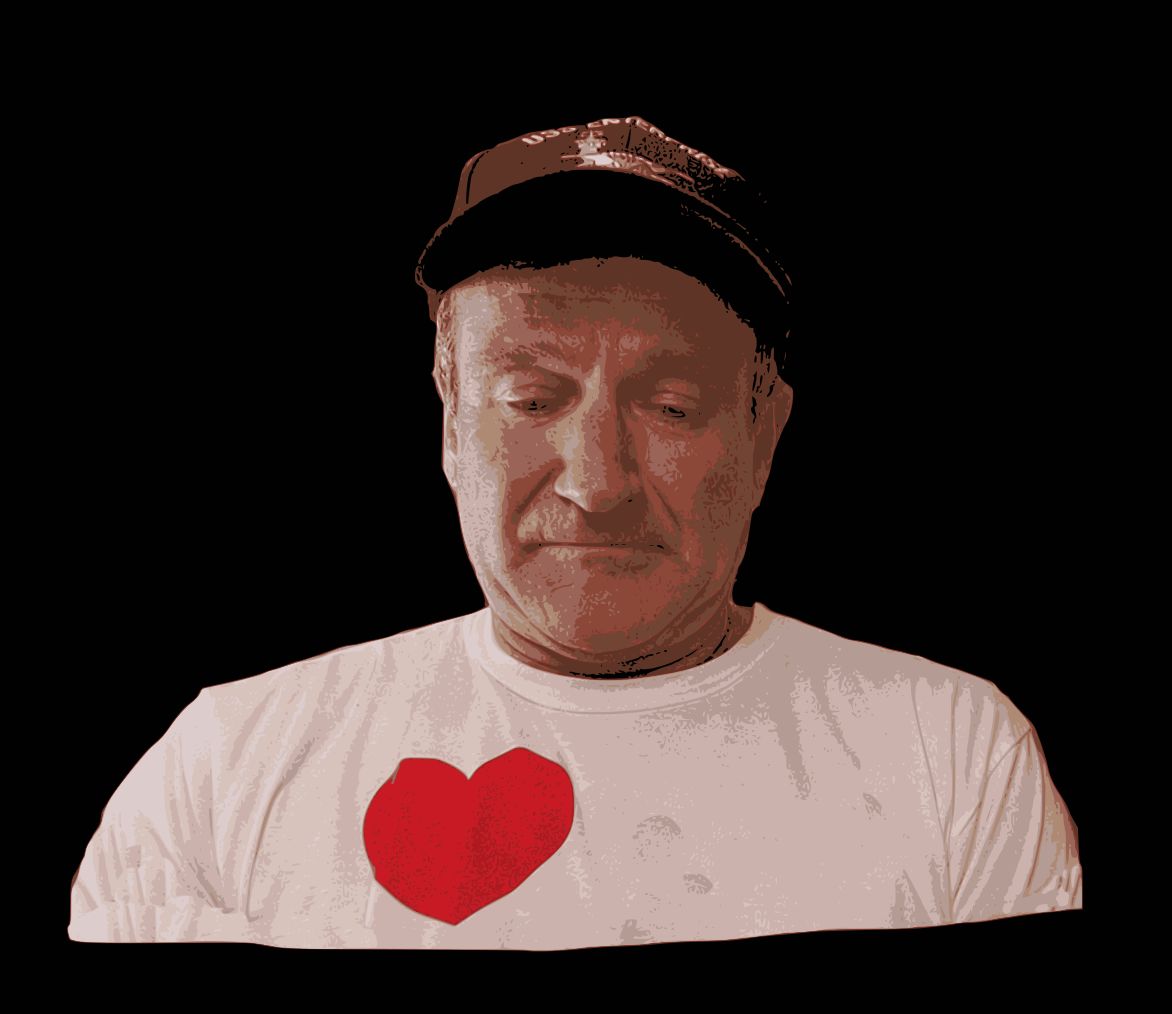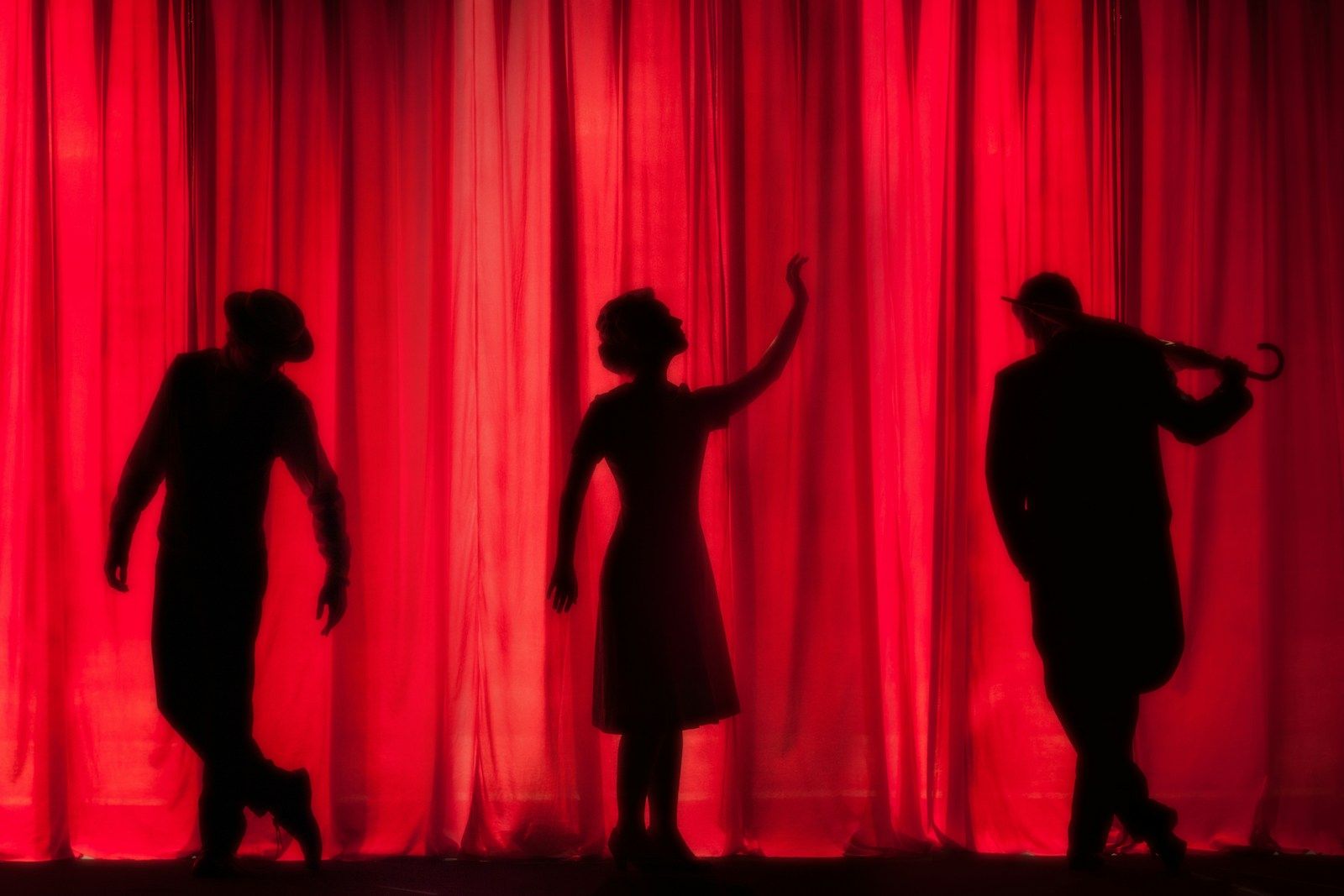
In the dazzling world of Hollywood, the trajectory of a child actor can often be unpredictable. While some seamlessly transition into adult acting careers, and others gracefully step away from the spotlight to lead lives of quiet anonymity, there’s a fascinating third category: those who leave their childhood medium behind only to re-enter the realm of celebrity in an entirely different, often unexpected, field. These individuals captivate our curiosity, offering a rare glimpse into the resilience and multifaceted talents that lie beneath the surface of early fame.
These are the stories of individuals who, despite achieving significant recognition at a young age, felt a pull towards something else – a different passion, a new calling, or a path less traveled. Their journeys are not just about changing careers; they are about redefining success on their own terms, proving that early stardom is often just a stepping stone, a beginning, rather than the definitive chapter of a life.
We embark on an exploration of such remarkable transformations, looking at the diverse fields these former child stars have conquered, from the halls of diplomacy and the director’s chair to the recording studio and the writer’s desk. Prepare to be inspired by those who dared to write their own scripts, finding varying degrees of fame and fulfillment outside their initial medium. Their childhood roles, for many, have now become mere footnotes in biographies dominated by their later, more impactful achievements.
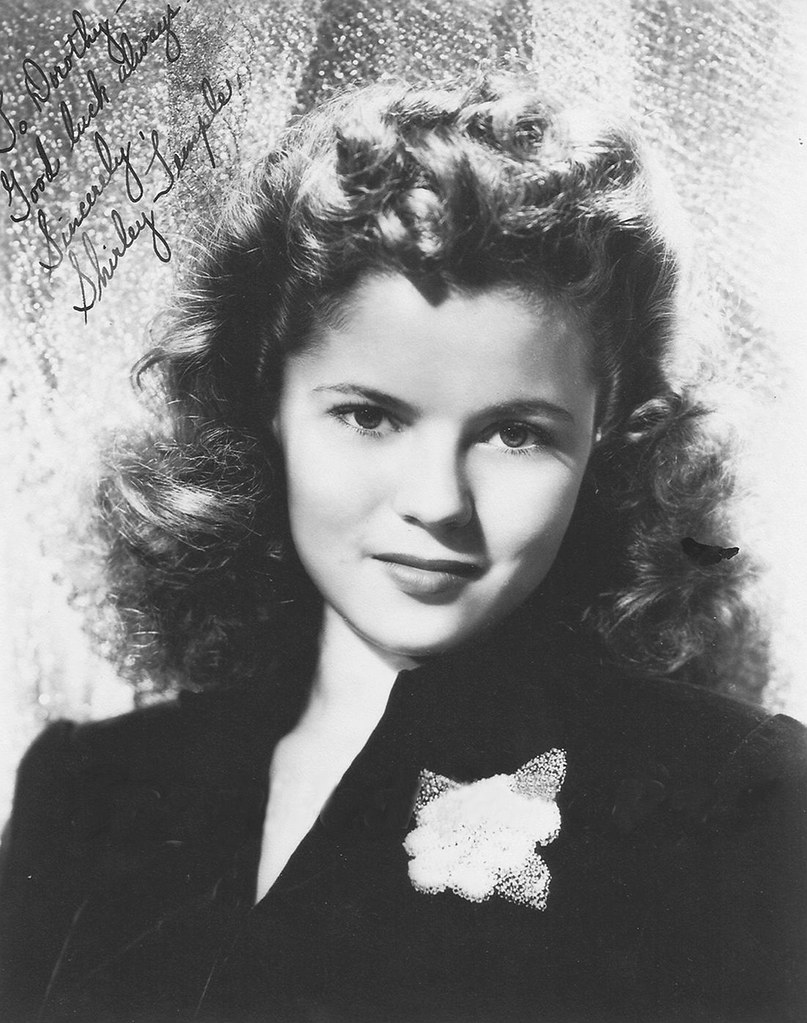
1. **Shirley Temple: From Child Star to Diplomatic Powerhouse**
Born in 1928, Shirley Temple burst onto the silver screen at the tender age of three, quickly becoming the undeniable biggest child star of the 1930s. Her magnetic charm and infectious smile captivated audiences across America, with President Franklin D. Roosevelt himself praising her movies as vital pick-me-ups during the Great Depression. He famously stated, “When the spirit of the people is lower than at any other time during this Depression, it is a splendid thing that for just 15 cents, an American can go to a movie and look at the smiling face of a baby and forget his troubles.” From 1935 to 1938, she reigned supreme as the single biggest box office draw of any age, a testament to her unparalleled appeal.
However, by 1950, at the age of 22, Temple made the significant decision to retire from Hollywood, choosing to pivot her career entirely away from movie stardom. Her sights were set on a new arena: politics. Despite an initial failed congressional run in 1967, her intelligence and dedication to public service were undeniable. Her astute knowledge of global politics caught the attention of Henry Kissinger, leading to her appointment as a delegate to the United Nations in 1969, marking a powerful entry into the international political landscape.
Her diplomatic career flourished impressively under several presidencies. President Gerald Ford appointed her as the United States Ambassador to Ghana, showcasing her capacity for high-level international representation. She also broke ground as the first female Chief of Protocol in the State Department, demonstrating her pioneering spirit. Under Ronald Reagan, with whom she had briefly co-starred in the 1947 film “That Hagen Girl,” she served as a foreign affairs officer-expert for the Department of State. Her distinguished service culminated in her role as the US Ambassador to Czechoslovakia under George H. W. Bush, a position she held as the second-to-last person before the country’s historic split in 1992. Shirley Temple passed away in 2014 at 85, leaving behind a legacy not just of cinematic joy, but of profound diplomatic service.
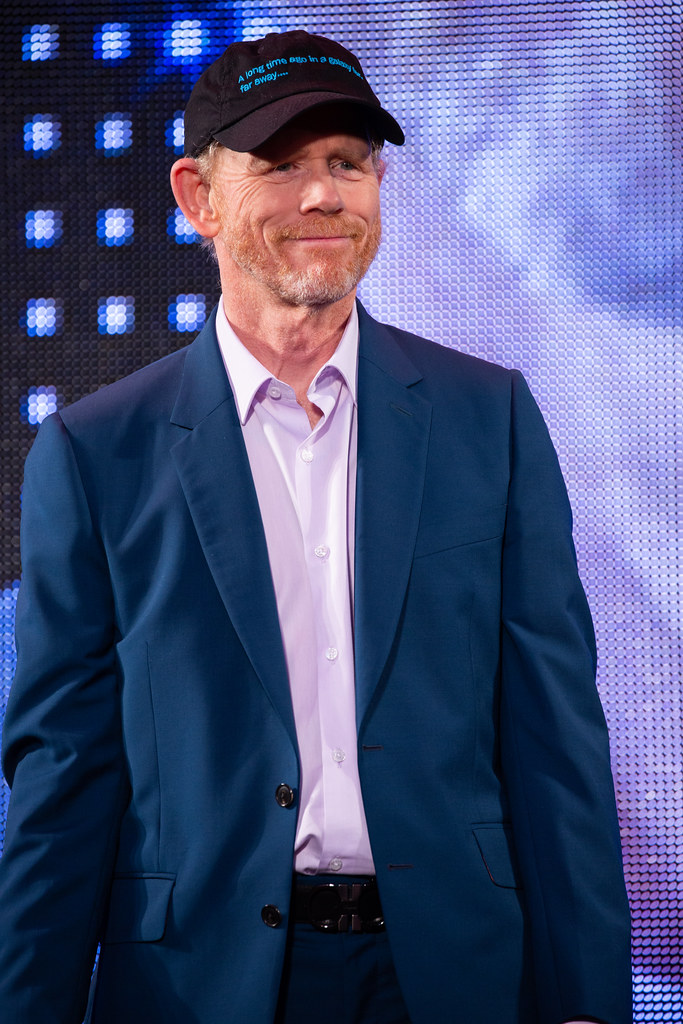
2. **Ron Howard: From Sitcom Star to Oscar-Winning Director**
Credited as Ronny Howard during his formative years, Ron Howard’s entry into acting was a natural progression, given his parents, Rance Howard and Jean Speagle Howard, were both actors. His big break arrived at just five years old when he landed the iconic role of Opie Taylor on “The Andy Griffith Show,” a beloved series that ran for eight successful seasons from 1960 to 1968. His childhood career also saw him appear in classic films such as “The Music Man” and “American Graffiti,” and he maintained a consistent television presence well into his twenties, notably playing Richie Cunningham in the massively popular sitcom “Happy Days.”
Despite his enduring success in front of the camera, Ron Howard is unequivocally best known today for his prodigious work behind it as a director. His filmography spans a wide and varied range, from early hits like “Splash” to recent blockbusters such as “Solo: A Star Wars Story.” However, it is his masterful handling of historical dramas that has garnered him the most critical acclaim and prestigious awards. His meticulous approach and compelling storytelling have cemented his reputation as one of Hollywood’s most respected filmmakers.
His directorial achievements are considerable, including a Director’s Guild of America Award for the gripping 1995 film “Apollo 13.” The pinnacle of his career arrived with the 2001 biographical drama “A Beautiful Mind,” which not only earned him a second DGA prize but also secured Academy Awards for both Best Picture and Best Director. His reputation in the industry is sterling; between the straight-laced characters he portrayed as a child actor and his consistently positive demeanor on set as a director, he is widely regarded as one of the nicest and most respected figures in Hollywood. When he does appear in front of the camera these days, it’s typically playing a version of himself with self-deprecating humor, notably on sitcoms like “Arrested Development” (which he also narrated and produced) and “Only Murders in the Building.”
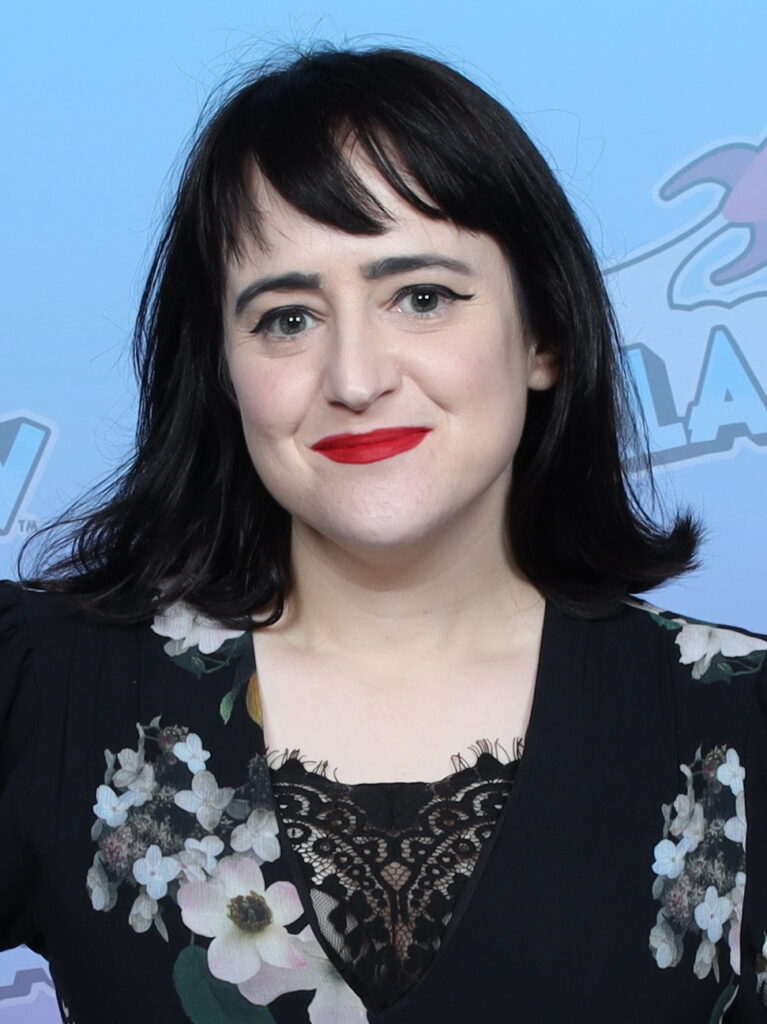
3. **Mara Wilson: From ‘Matilda’ to Master Storyteller and Voice Artist**
Throughout the 1990s, Mara Wilson charmed audiences with memorable performances in beloved films such as “Mrs. Doubtfire,” “Miracle on 34th Street,” and the titular role in “Matilda.” Her talent as a child actor was evident, capturing hearts with her intelligence and unique screen presence. However, despite her success, the experience of acting was not always a joyous one for Wilson, leading her to a significant career decision at a young age.
Following the disappointing performance of “Thomas and the Magic Railroad,” Mara Wilson made the choice to retire from the live-action film business in 2000, at just 13 years old. Her candid reflections on this decision were shared on her blog in 2012, where she explained, “Film can be exciting, but more often, it’s tedious. The celebrity aspect is nothing short of ridiculous, and auditioning is brutal and dehumanizing.” This honest appraisal shed light on the less glamorous aspects of child stardom and the pressures that often accompany it.
Since her departure from the big screen, Mara Wilson has blossomed into an accomplished writer. She has extensively documented her experiences as a child actor, both the positive and negative, through her blogs, editorials, memoirs, and social media posts, offering a valuable insider perspective. Her creative writing extends to playwriting, notably with her play “Sheeple,” which was performed at the 2013 New York International Fringe Festival. While she stepped away from live-action film, she has found a renewed passion and considerable success in voice acting, lending her talents to popular cartoons like “BoJack Horseman” and “Big Hero 6: The Series,” as well as podcasts such as “Welcome to Night Vale” and “Love is a Crime.” Furthermore, she has become a sought-after narrator for several audiobooks, a role she finds particularly fitting. As she told AudioFile magazine, “Somebody said once that it’s really funny and seems fitting that Matilda grew up to be an audiobook narrator,” adding that one of her earliest memories was of her mother narrating the very story of Matilda, acting out all the characters.
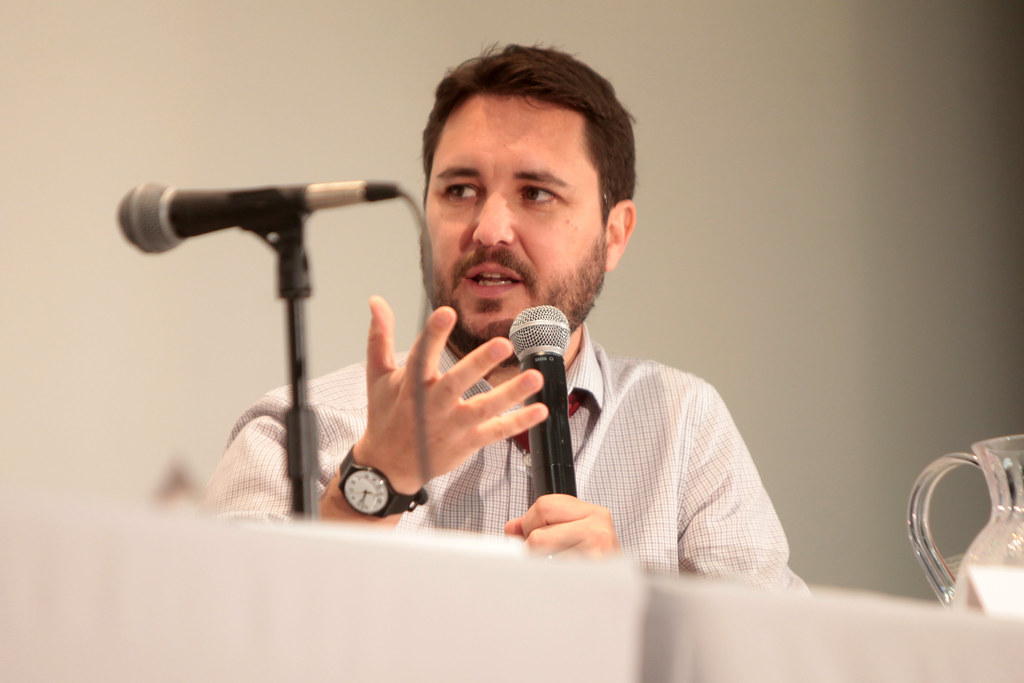
4. **Wil Wheaton: Embracing Geekdom from ‘Star Trek’ to Multi-Platform Creator**
Richard William “Wil” Wheaton was destined to be associated with his memorable, albeit sometimes divisive, role as kid genius Wesley Crusher from “Star Trek: The Next Generation.” Rather than shying away from this early connection to a monumental sci-fi universe, Wheaton has masterfully leaned into it, parlaying his foundational “Star Trek” fame into a broader, highly successful identity as a generalized “geek celebrity.” His journey is a prime example of how an early role can be a launchpad for a multifaceted career built around personal passions.
While he continues to act, Wheaton’s on-screen appearances often involve playing himself, either as a humorous parody, as seen in his recurring role on “The Big Bang Theory,” or as a respected presenter and host. He has helmed series like SyFy’s “The Wil Wheaton Project” and Paramount+’s “Star Trek” after-show “The Ready Room,” effectively transforming his deep knowledge and enthusiasm for pop culture into a professional niche. His ability to connect with audiences who share his interests has made him a beloved figure within the geek community.
Following a trajectory somewhat similar to Mara Wilson, Wheaton has cultivated a significant and influential online presence. He is a prolific writer, with multiple memoirs to his name, further solidifying his narrative talents. His voice-acting career has also flourished, alongside his work as a podcaster, including notable appearances on “Welcome to Night Vale.” He has also become a highly regarded audiobook narrator, frequently specializing in the works of renowned science fiction authors such as John Scalzi and Ernest Cline. Beyond entertainment, Wheaton has emerged as an active and progressive voice within the video game and tabletop RPG communities, and he remains a regular and popular presence on the pop culture convention circuit, continually engaging with and championing the culture that defined his early career.
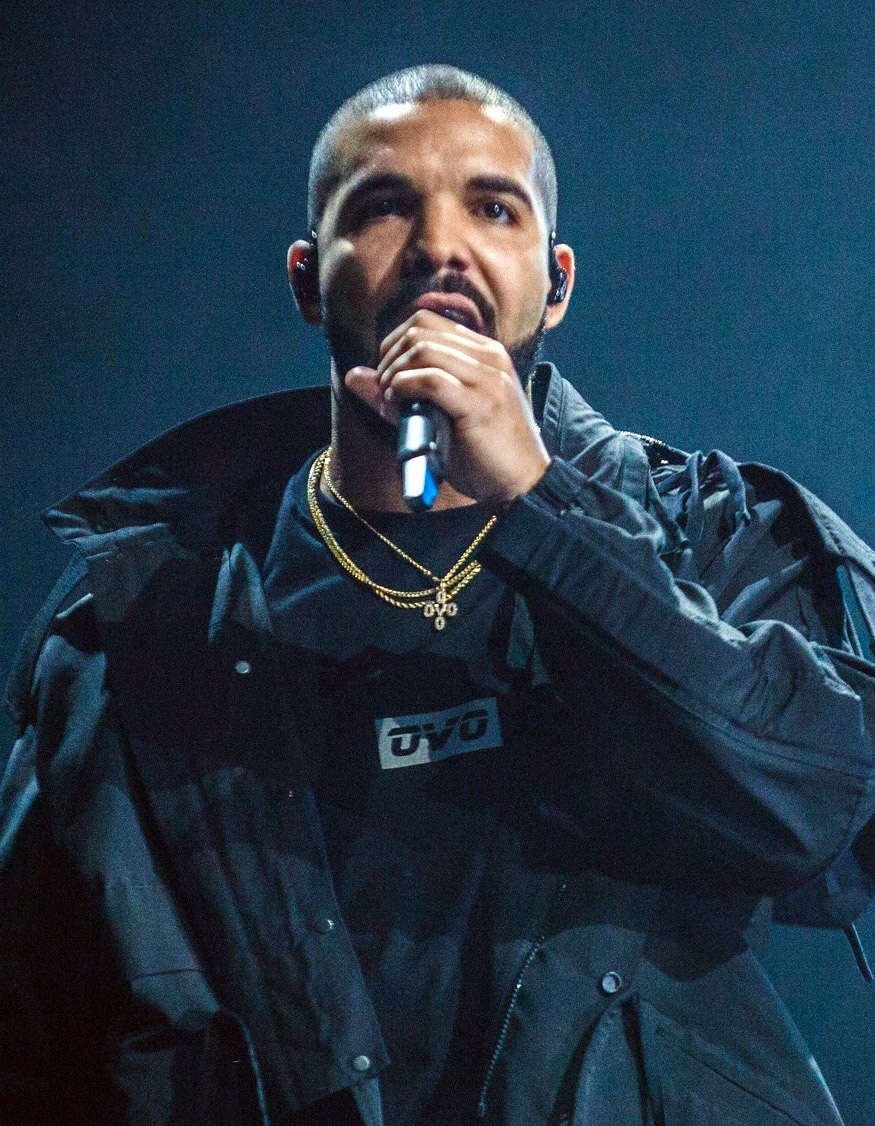
5. **Drake: The ‘Degrassi’ Actor Who Became a Global Music Phenomenon**
Before he dominated global music charts and became a household name in hip-hop, Aubrey Drake Graham, known professionally as Drake, landed a significant role on the Canadian teen drama “Degrassi: The Next Generation.” At just 14 years old, he began playing James “Jimmy” Brooks, a promising basketball player whose life takes a dramatic turn when he becomes paralyzed in a school shooting. For many American audiences unfamiliar with “Degrassi,” it’s easy to overlook that one of the highest-certified digital singles artists of all time – having shifted an astounding 244 million units – started his career in acting.
As Drake began to seriously pursue his rap career, he faced internal conflicts and concerns about how his “Degrassi” character, who used a wheelchair, might be perceived. He worried that playing a character with a disability would make him appear “soft” within the often-macho world of rap. However, he was ultimately persuaded by writer James Hurst that the character’s arc was not only vital for representation but also showcased a profound strength. Hurst recounted their conversation, saying, “He’s like, ‘All my friends in the rap game say I’m soft because I’m in a wheelchair.’ And I said, ‘Well, tell your friends in the rap game that you got shot. How much harder can you get? You got shot, and you’re in a wheelchair.’ He was like, ‘Yeah, yeah.’ He was so nice and apologetic about everything.”
This crucial conversation helped Drake understand the power and importance of his character’s journey. His last appearance on “Degrassi” was in 2008, and he wasted no time in fully committing to his musical ambitions. He released his debut full-length album, “Thank Me Later,” in 2010, marking a definitive shift in his career. From that point on, Drake never looked back, swiftly ascending to become one of the most successful and influential musicians in contemporary music history, proving that his artistic versatility knew no bounds beyond the acting stage.
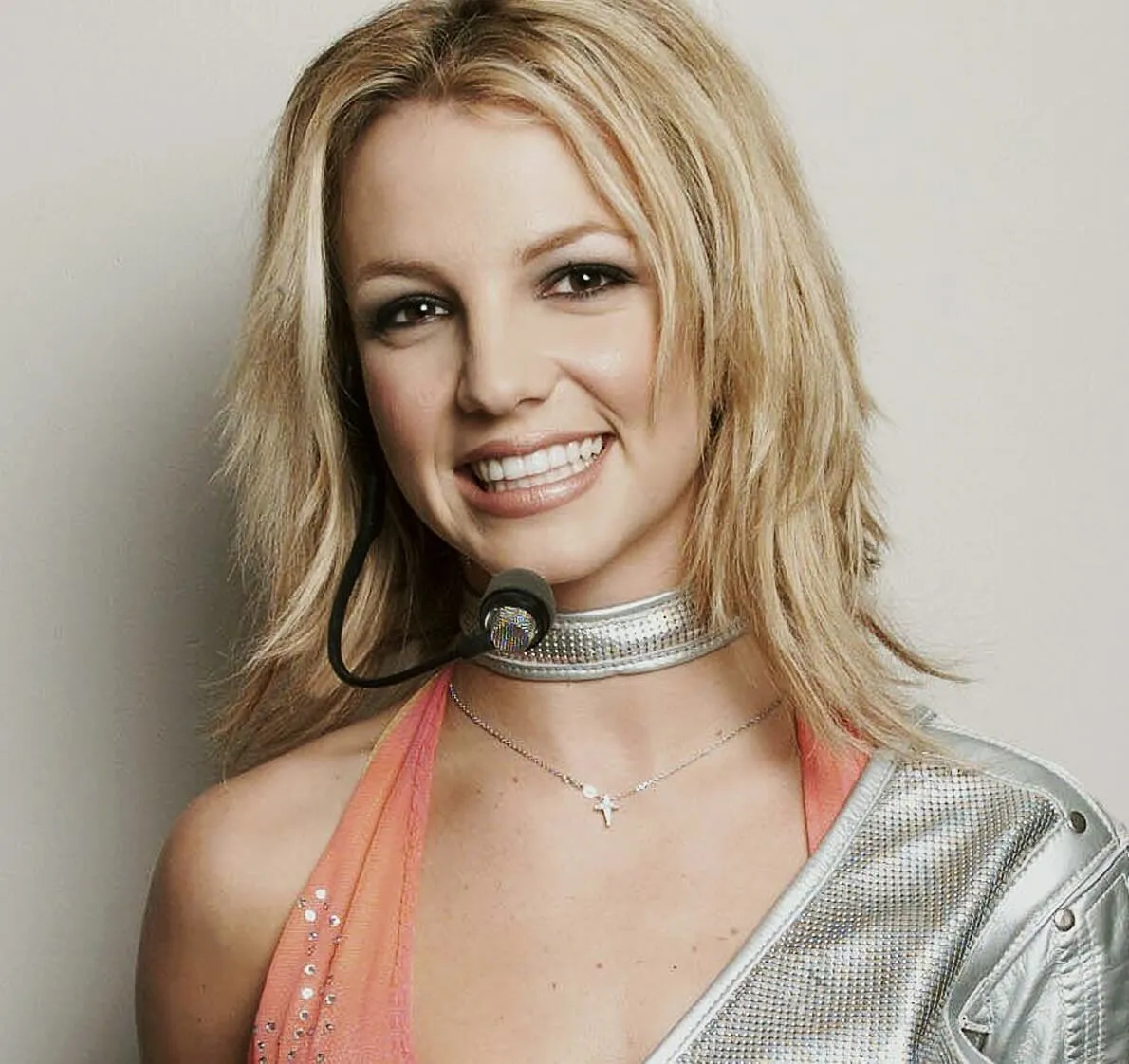
6. **Britney Spears: From Mouseketeer to Pop Icon and Bestselling Author**
While not every young talent from the Disney machine goes on to mega-stardom, “The All-New Mickey Mouse Club” boasts an exceptional track record for identifying future celebrities, particularly during its last two seasons. Britney Spears is one of three former cast members from “The All-New Mickey Mouse Club” Season 6 and Season 7 to appear on this list, which doesn’t even begin to cover the full extent of talent unearthed by the show, including future actors like Ryan Gosling and Keri Russell.
Just a few years after her stint on the Disney Channel concluded, a 15-year-old Spears signed with Jive Records, setting the stage for one of the most explosive musical careers of the late 20th and early 21st centuries. With the runaway success of her first two albums, “…Baby One More Time” and “Oops!… I Did It Again,” she quickly shattered records, becoming the best-selling teenage artist of all time, with an astonishing 37 million records sold before she even turned 20. Her debut single became a cultural phenomenon, launching her into global pop superstardom.
However, such extreme fame came with an equally intense level of media scrutiny and significant personal struggles. In 2008, Spears was controversially placed under her father’s conservatorship, ostensibly due to mental health concerns. Her long, public battle for autonomy culminated in 2021, when the conservatorship was finally terminated, thanks in large part to the powerful, fan-led #FreeBritney campaign. Demonstrating her continued influence and new direction, her best-selling 2023 tell-all memoir, “The Woman in Me,” secured a record-breaking $15 million deal from Simon & Schuster and went on to sell over two million copies in the United States alone, solidifying her status as not just a pop icon, but a powerful voice and bestselling author.

7. **Christina Aguilera: The Powerhouse Vocalist Who Evolved Beyond Pop and TV**
In the wake of Britney Spears’s meteoric rise at the turn of the millennium, record executives everywhere sought to unearth their own teen pop idols. It was only natural then to look towards Spears’s talented co-stars from “The All-New Mickey Mouse Club.” Christina Aguilera, another standout from the iconic Disney show, quickly signed with RCA Records after demonstrating her incredible vocal range and power with “Reflection,” the stirring theme song for Disney’s animated film “Mulan.”
Her debut single, “Genie in a Bottle,” rocketed to the top of the Billboard charts in 1999, instantly establishing her as a formidable challenger to Spears’s reign as the teen pop queen. This dynamic sparked a widely publicized rivalry, which was, in truth, a complex mix of media hype, genuine competitiveness stemming from their Disney Channel days, and the immense pressure placed upon them by the music industry. Aguilera, known for her powerful four-octave voice, swiftly became a Grammy-winning diva.
Throughout the 2000s, Aguilera adopted various alter-egos, from the provocative Xtina to the sophisticated, Old Hollywood-inspired Baby Jane, showcasing her artistic versatility. She delivered several major hits, including “Beautiful” and “Ain’t No Other Man,” solidifying her place as a music powerhouse. However, the 2010s proved to be a less fruitful period for her in terms of chart performance. She gained new recognition through her role as a coach on the singing reality competition television series “The Voice,” but ultimately departed the show in 2016, citing frustration. As she revealed to Billboard magazine, “It became something that I didn’t feel was what I had signed up for in Season 1. You realize it’s not about music. It’s about making good TV moments and massaging a story.” Her career continues to evolve, consistently demonstrating her dedication to artistry and authenticity over mere celebrity.
Continuing our journey through the extraordinary transformations of child actors, we delve into more inspiring stories of individuals who reimagined their careers and found enduring fame in unexpected territories. These aren’t just stories of career changes; they’re testaments to personal drive, diverse talents, and the courage to redefine success on one’s own terms, long after the curtain fell on their childhood acting days.

8. **Justin Timberlake: From Mouseketeer to Global Pop Icon**
Another shining example of talent emerging from “The All-New Mickey Mouse Club,” Justin Timberlake’s path from child performer to world-renowned pop star is nothing short of legendary. His early days on the Disney show laid a foundation, but it was his subsequent rise to fame with *NSYNC that truly put him on the global music map. He quickly became a pivotal member of the boy band, capturing millions of hearts worldwide with his undeniable charisma and vocal prowess.
Interestingly, Timberlake’s connection to his fellow Mouseketeers extended beyond the set. During an appearance on The Ellen Show, he shared a fascinating tidbit: he actually lived with another future star, Ryan Gosling, when they were both just 11 years old. “His mother had to keep her job in Canada the second year that we were on the television show and my mom was his guardian for like six months,” Timberlake revealed, highlighting a unique bond formed early in their careers.
However, it was his solo career that truly eclipsed his boy band days, cementing his status as a singular force in pop music. His best-selling album, 2002’s “Justified,” sold over 10 million copies worldwide, showcasing his evolution as an artist. While he has continued to act in adulthood, notably playing Napster founder Sean Parker in “The Social Network” and voicing Branch in the “Trolls” movies, his musical impact remains paramount. His name is synonymous with groundbreaking hits like “SexyBack” and the infamous 2004 Super Bowl halftime show with Janet Jackson, events that defined an era and continue to shape public perception of his multifaceted career.

9. **Alanis Morissette: From Nickelodeon Star to Alt-Rock Trailblazer**
Unlike many of her peers who started on sitcoms or in major films, Alanis Morissette’s initial foray into television was on the Canadian kids’ sketch comedy “You Can’t Do That on Television!” at the age of 11. This show, famously Nickelodeon’s first big hit, was known for introducing the network’s iconic green slime, and it provided an early platform for Morissette’s burgeoning talents, even if acting wasn’t her ultimate destiny.
Her musical inclination was evident even then. The first of her five episodes on the show was music-themed, and it quickly became clear to everyone on set that the Ottawa native was destined for a singing career. The Hollywood Reporter noted that Morissette “impressed castmates by playing her demo tape,” signaling a future beyond sketch comedy and towards the world of music.
Morissette’s first two albums gained some traction in Canada, but it was her third album, the raw and revolutionary “Jagged Little Pill,” released in 1995, that truly changed everything. Shifting to an alt-rock sound, the album became a critically acclaimed bestseller, selling 33 million copies and making her, at 21, the youngest artist to go platinum until Britney Spears’s debut. This seminal work later inspired a Broadway jukebox musical, solidifying her legacy as one of the most influential artists of her generation, far removed from her Nickelodeon beginnings.

10. **Jenny Lewis and Blake Sennett of Rilo Kiley: From Child Actors to Indie Rock Stars**
It might surprise many fans of the indie rock scene to learn that both Jenny Lewis and Blake Sennett, co-founders of the beloved band Rilo Kiley, began their careers as child actors. Their shared early experiences in Hollywood eventually led them to a shared passion for music, culminating in the formation of a critically acclaimed band. It’s a testament to the diverse paths creative individuals can take.
Jenny Lewis had a significant presence in films, TV shows, and commercials throughout the 1980s and 90s, showcasing her versatility from a young age. Her noteworthy credits include playing Haley in “The Wizard” and Hannah Nefler in “Troop Beverly Hills,” roles that made her a recognizable face to many growing up during that era. Her early acting career provided a unique foundation for her later artistic pursuits.
Blake Sennett (credited as Blake Soper) started acting a bit later as a teenager, making his TV debut in 1987 in an episode of “Highway to Heaven.” He secured bigger roles in the early 90s, such as Noah Lambert in “His & Hers” and Ronnie Pinsky in “Salute Your Shorts.” He also became a familiar face on “Boy Meets World,” appearing in 16 episodes between 1994 and 1996 as Joseph “Joey the Rat” Epstein, showcasing his comedic timing and establishing a solid acting resume.
With both a background in acting and a deep-seated love for music, Lewis and Sennett joined forces with friends Pierre De Reeder and Dave Rock to form Rilo Kiley in 1998. Their romantic relationship, which developed alongside their musical collaboration, ended in 2003, with Sennett reflecting to Spin, “I suppose it’s a bad idea to have your business partner and your musical collaborator and your best friend and your lover be the same person.” Sennett eventually left the band in 2007, and Rilo Kiley officially disbanded in 2011. Lewis has since released five successful solo albums, while Sennett formed other bands, The Elected and Night Terrors of 1927, carving out distinct and respected niches in the indie rock landscape.
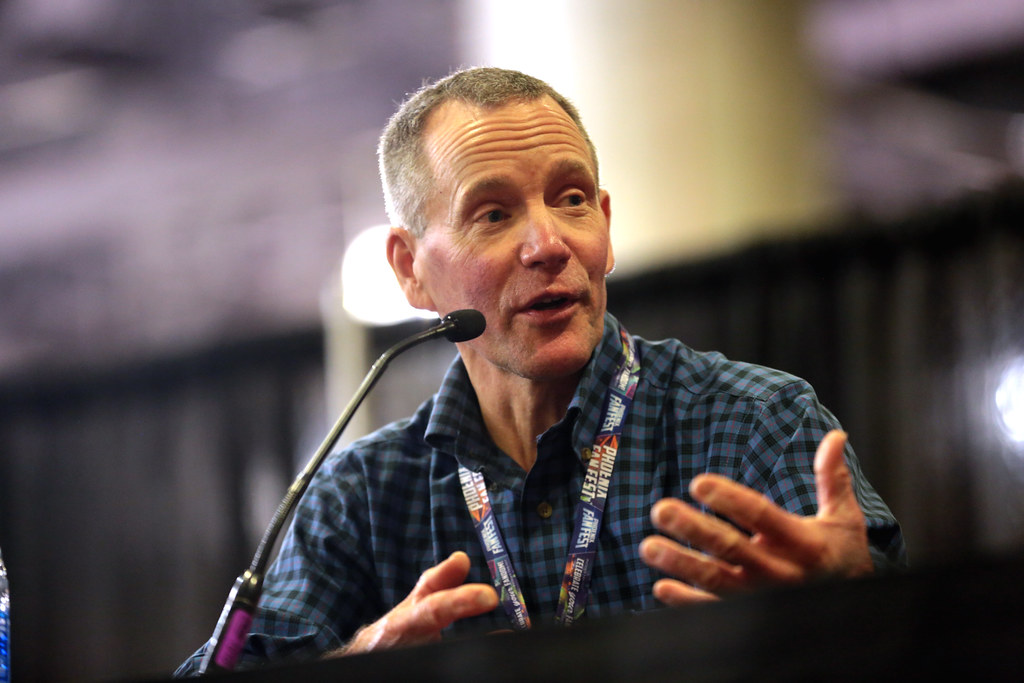
11. **Peter Ostrum: From Willy Wonka to Veterinary Medicine**
For millions, Peter Ostrum is forever etched in memory as Charlie Bucket, the fortunate boy who won the golden ticket in the iconic 1971 film “Willy Wonka & the Chocolate Factory.” It was a dream role for any child, providing a taste of Hollywood magic that few ever experience. However, for Ostrum, this cinematic triumph was not the beginning of a long acting career, but rather a unique, singular chapter.
Despite the allure of Hollywood and the offer of a three-film contract, Ostrum made a surprising decision to decline further acting opportunities. Instead, he chose a path far removed from the silver screen, driven by a different kind of passion: a love for animals and science. This decision underscored a personal conviction that Hollywood was not his destined stage.
Peter Ostrum pursued higher education, enrolling in veterinary school to realize his new ambition. Today, he is widely known not for his brief turn as a child star, but for his impactful career as a veterinarian, specializing in caring for dairy cows in New York. His life is now dedicated to the well-being of his animal patients, a commitment that showcases a profound devotion far deeper than any acting role, proving that some golden tickets lead to unexpected, yet equally fulfilling, destinations.
Read more about: Beyond the Red Carpet: 15 Celebrities Who Secretly Traded Fame for Fulfilling ‘Normal’ Lives After Retirement
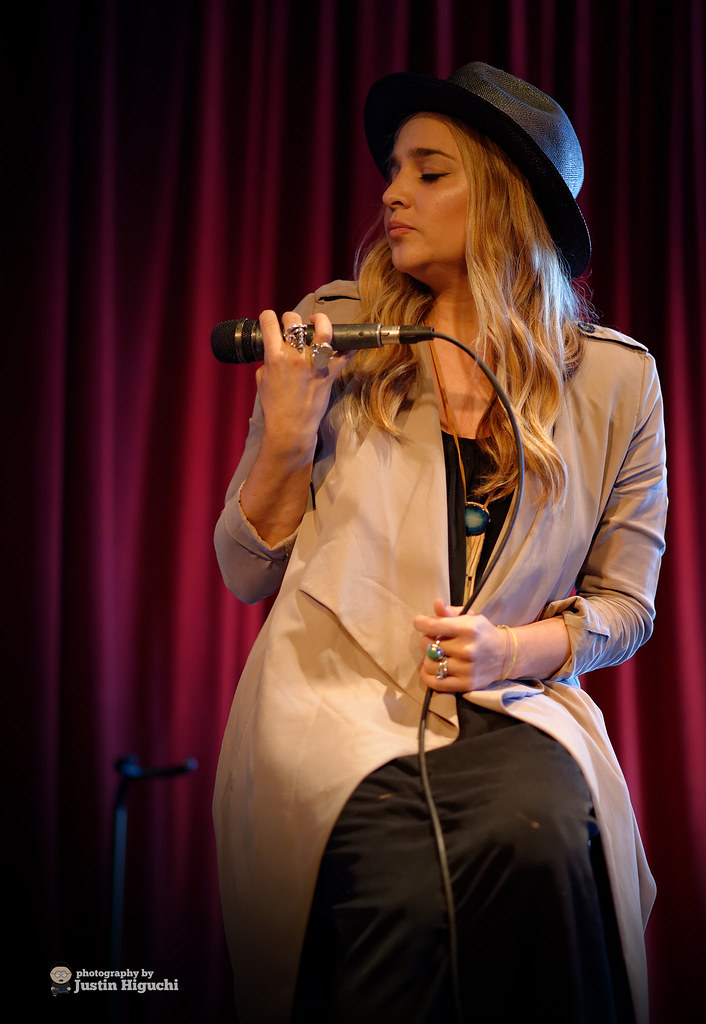
12. **Alisan Porter: From ‘Curly Sue’ Star to Vocal Champion**
Many will fondly recall Alisan Porter as the spirited, pint-sized hustler from the 1991 John Hughes film “Curly Sue.” Her expressive eyes and undeniable talent captivated audiences, making her a memorable child star of the early 90s. However, her acting career, while successful, was just a prelude to a completely different kind of spotlight: the stage of musical acclaim.
Porter’s journey into performance began even earlier, making a name for herself as a seasoned performer on “Star Search.” This early experience honed her vocal abilities, preparing her for a future that would eventually see her trading film sets for concert venues. Her passion for singing was a constant, even as her acting career flourished.
Decades after her “Curly Sue” fame, Alisan Porter made a triumphant return to national attention, not as an actress, but as a formidable vocalist. In 2016, she competed on and ultimately clinched victory in the popular reality singing competition, “The Voice.” This win was a powerful declaration of her vocal prowess and artistic re-invention. Today, she headlines Las Vegas venues, writes original songs, and continues to craft a musical career entirely on her own terms, proving that her early fame was merely a stepping stone to fulfilling her true calling.

13. **Micky Dolenz: From ‘Circus Boy’ to Monkees Drummer**
Before he became a rock ‘n’ roll icon, Micky Dolenz captivated audiences as a child actor in the 1950s. He starred in the NBC television series “Circus Boy,” leading the show astride an elephant, a whimsical and memorable role that showcased his early charm and on-screen presence. This experience provided him with an initial taste of celebrity and performance, albeit in a very different context than what was to come.
As the cultural landscape shifted into the vibrant 1960s, so did Dolenz’s career trajectory. He seamlessly traded his “Circus Boy” costumes for drumsticks, becoming a core member of The Monkees. This manufactured band, initially conceived for a television series, quickly transcended its origins, transforming into a global pop phenomenon. Their unique blend of TV-to-band experimentation resulted in massive success, including chart-topping hits and sold-out international tours.
The Monkees’ enduring popularity, with hits like “Daydream Believer,” meant a decades-spanning career for Dolenz. His transition from a fictional circus performer to a real-life musical sensation highlights his adaptability and enduring appeal. While his early acting provided a stepping stone, it is his work as a Monkees drummer that truly defined his long-term fame, keeping generations of fans humming their catchy tunes.
From diplomatic powerhouses to Oscar-winning directors, bestselling authors, and indie rock stars, these former child actors have shown us that the brightest spotlights don’t always shine in the same place. Their journeys are a compelling narrative of resilience, reinvention, and the relentless pursuit of personal passion beyond the initial script. Each story reminds us that early fame is often just the opening act, paving the way for a rich tapestry of achievements woven across diverse, impactful, and often entirely unexpected fields. These individuals didn’t just grow up; they grew out, expanded their horizons, and proved that a life truly lived is one where the story is always being written, often with exhilarating new chapters.”
, “_words_section2”: “1947

